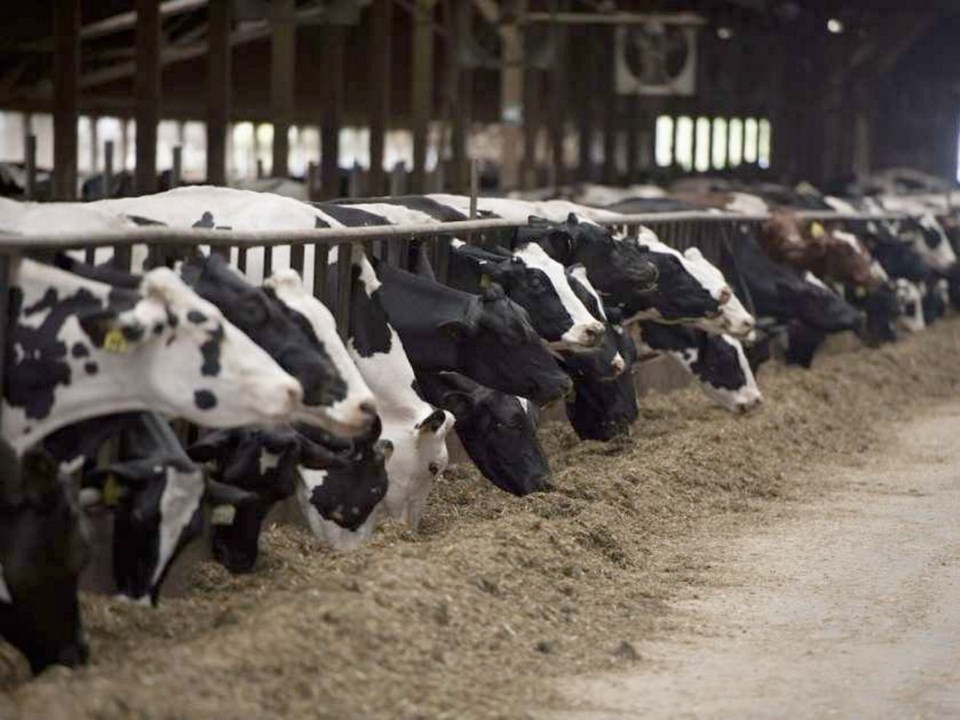B.C. dairy farmers have begun dumping out raw milk on their farms — despite rising demand and sales — because of problems getting the milk into the supply chain and to grocery stores during the COVID-19 pandemic.
The B.C. Dairy Association said farmers have been disposing of 50,000 to 60,000 litres of milk a day that could otherwise have been processed and sold to customers.
“Our first day of on-farm disposal was Friday,” said Jeremy Dunn, association general manager. “The four or five days before, there was some cream being disposed of in anaerobic digesters.”
Farmers are disheartened as they watch usable milk, which they know consumers want to buy, poured out into manure piles, said Dunn. Similar troubles are plaguing dairies across Canada and the United States.
“There is enough milk, the challenge is getting it to people,” Dunn said.
The dairy sector worked with major grocery retailers last weekend to donate 10,000 four-litre jugs of milk to B.C. food banks.
B.C.’s milk production remains stable, despite the coronavirus crisis. The sector is producing almost 2.3 million litres of milk a day, three-quarters of which comes from farms in the Fraser Valley. Retailers are reporting that overall sales have increased during the pandemic.
“You can’t turn the cows off,” said Dunn. “The cows are producing the same amount of milk they did today as they did yesterday. And we want to have the milk there for people when the supply chain can adjust.”
However, raw milk at the farm is only good for two days without being processed.
Dairy farmers are facing a variety of obstacles as they try to get that highly-perishable product to shelves — transportation shortages caused by an overwhelmed trucking industry, processing and packaging challenges, a sharp decline in bulk customers due to the mass closures of restaurants and bakeries, and inconsistent distribution to stores.
“The milk that’s going into the system is getting out as fast it can, but the retailers are having a challenge in trying to understand what their daily need of these supplies is going to be,” Dunn said.
The Dairy Association has asked the Retail Council of Canada and government to cease rationing of milk at stores and allow customers to buy whatever amount they want.
“We’re sympathetic to the dairy industry,” said Greg Wilson, B.C. representative for the Retail Council of Canada. “Obviously, we want to ensure that industry remains strong. But government asked us to put limits on at the beginning. My understanding is most of those limits are now off.”
The dairy processing and packaging system is also having to change on the fly. Some products, such as individual coffee creamers, 100-litre jugs of milk used at restaurants, and school-lunch sized milk cartons, aren’t selling now due to mass closures. So those processors have to be retooled to produce other package sizes, Dunn said.
“We know that everybody is working overtime to try and solve the challenges,” he said.
Some dairy co-operatives in the United States have started suggesting farmers cull their herds, because the system can’t pick up and process all their milk.
Canada, which has a complicated system of dairy supply management, boards and commissions, is examining the issue. But Dunn said solutions should be found that “adjust supply on farms without compromising our longer-term ability to feed Canadians.”
ROB SHAW
Vancouver Sun



